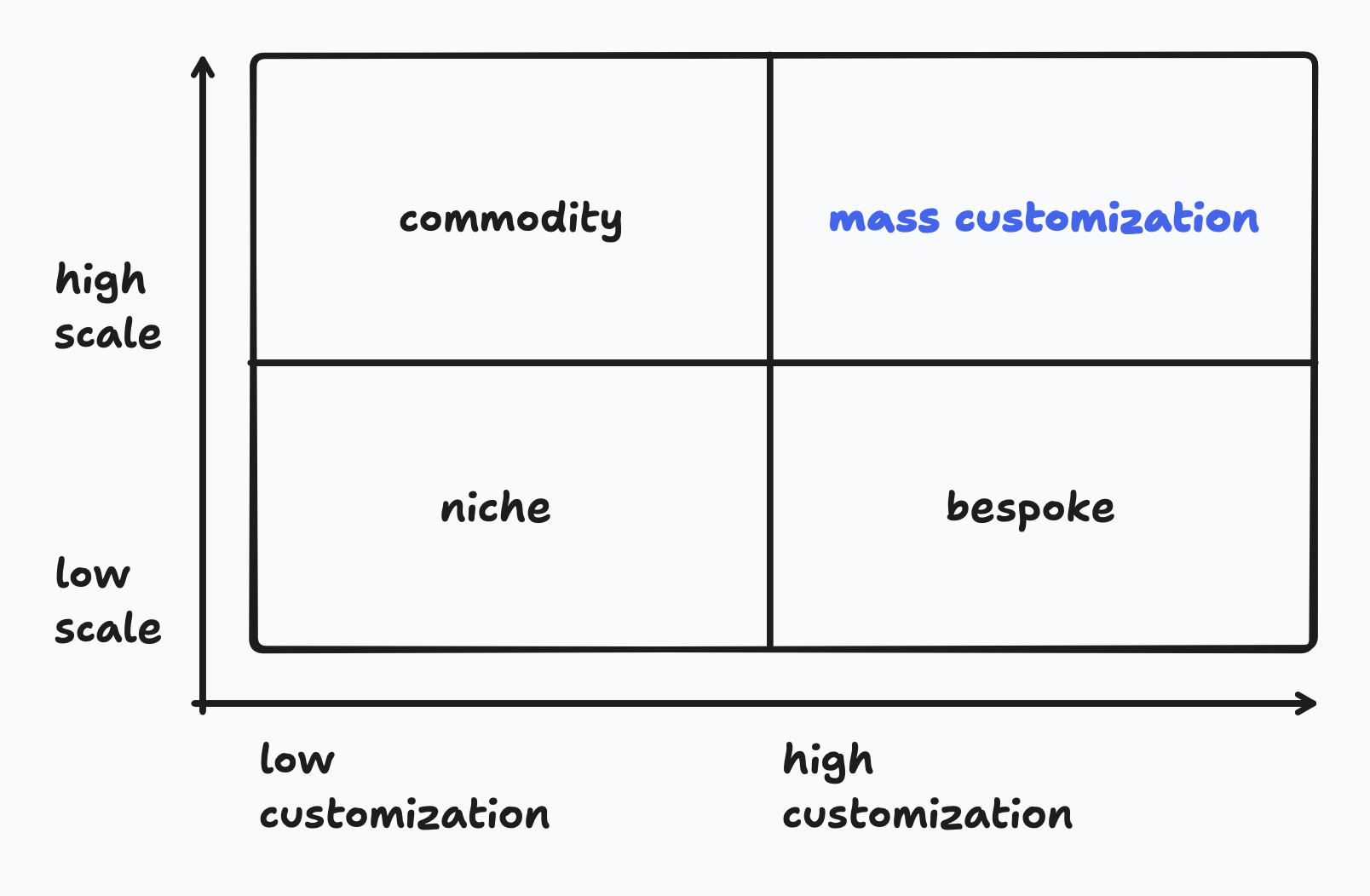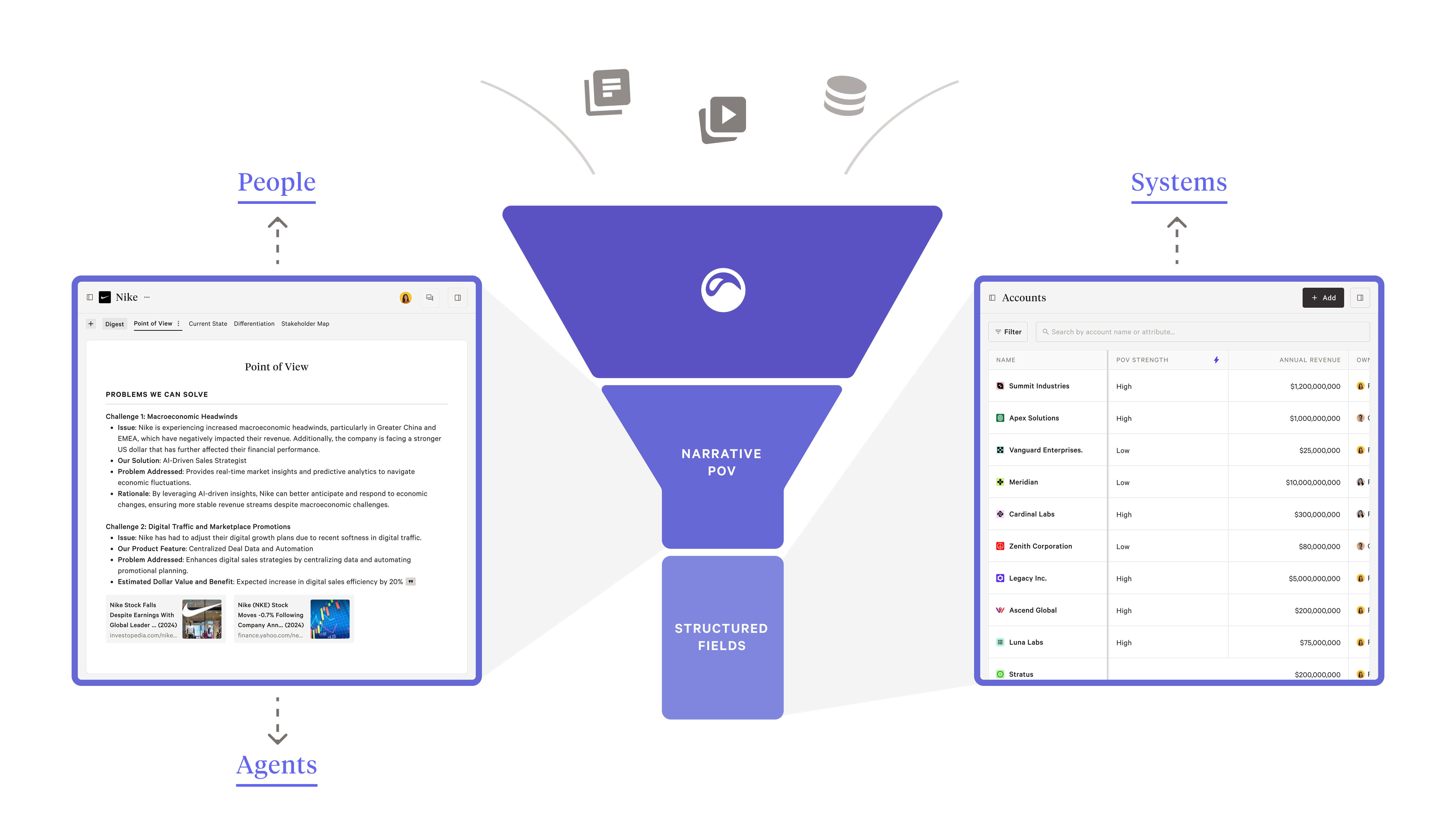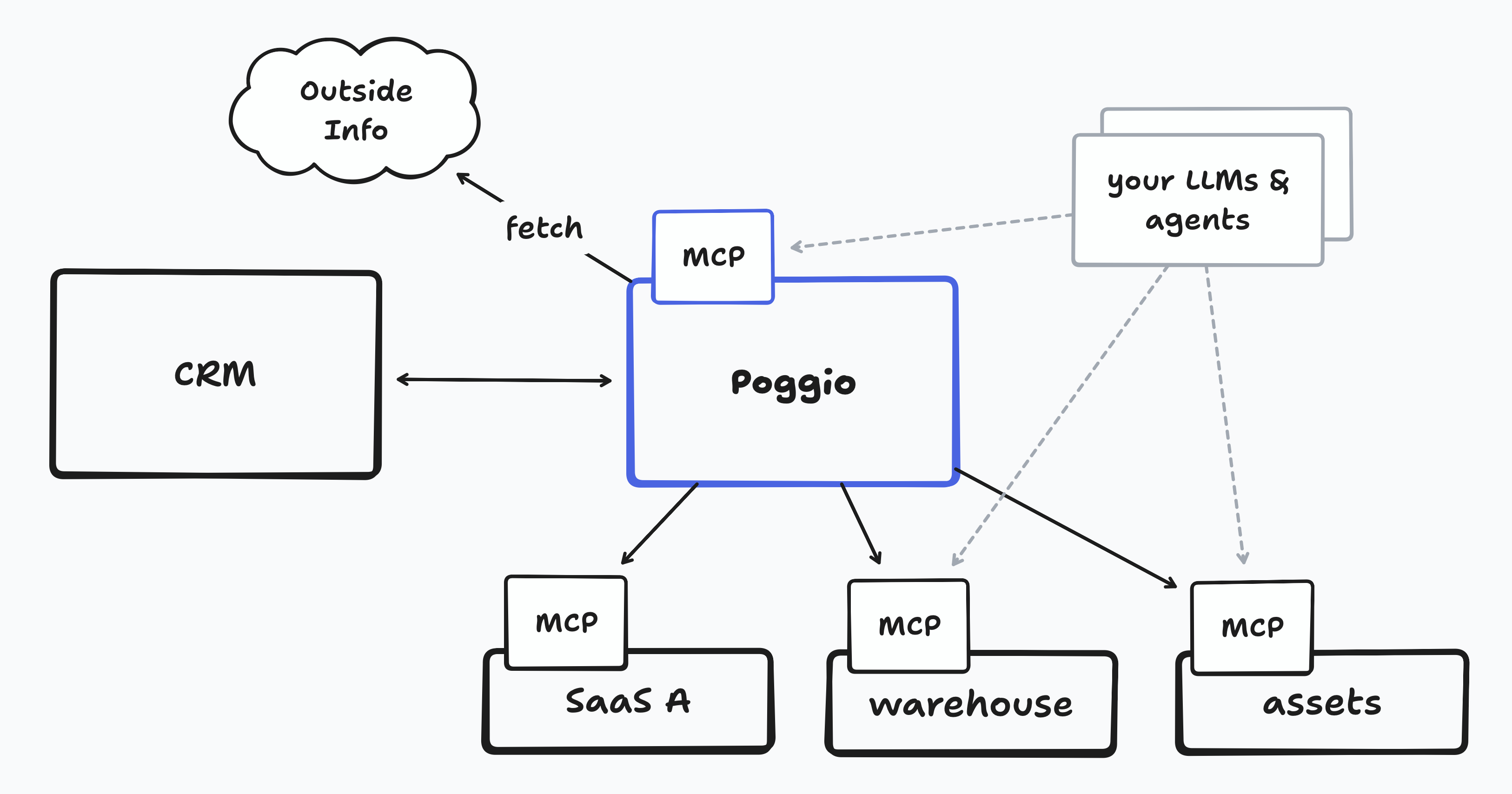The most successful RevOps leaders share a common obsession: achieving a complete, accurate view of every customer relationship to ensure value realization that enables revenue growth. Yet despite investing millions in CRM systems, sales tech, marketing automation platforms, and analytics tools, most organizations still struggle with the same fundamental challenge: their customer intelligence remains fragmented, backward-looking, and disconnected from the real-time insights sellers need to win.
The problem isn't lack of data. It's lack of context.
The great divide: inside-out vs. outside-in intelligence
Today's customer intelligence landscape is split into two distinct domains that rarely speak to each other.
The inside-out perspective captures what has happened:
- Purchase history and renewal patterns
- Account health scores and risk indicators
- Stakeholder relationships and contact engagement
- Sales correspondence, call recordings, and meeting notes
- Marketing qualification signals and campaign responses
- Product adoption metrics and usage analytics
The outside-in perspective points toward the future:
- Industry trends and market dynamics affecting your prospects
- Key personnel changes and organizational restructuring
- Strategic initiatives and business priorities
- Competitive landscape shifts
- Regulatory changes and compliance requirements
Individually, both perspectives have value. Your inside-out data tells you what worked before; your outside-in intelligence hints at what might work next. But without integration, you're essentially asking your sellers to solve a puzzle with half the pieces missing.
This fragmentation also forces RevOps teams into an impossible choice: build brittle, expensive integrations, or accept that sellers will continue making critical decisions with incomplete information.
The intelligence age unlocks mass customization at enterprise scale

For the first time, organizations can automate high-judgment, contextual tasks that previously required expert human analysis, and do so at scale across their entire customer base. This isn't about replacing human insight; it's about augmenting it with AI that can synthesize vast amounts of structured and unstructured data into actionable intelligence.

Consider the traditional approach to account planning. A skilled account executive spends hours researching a single high-value prospect, pulling data from a dozen different systems, reading industry reports, analyzing organizational charts, and crafting a customized approach for how best to sell to them.
Now imagine that same level of analysis happening automatically for every account in your pipeline, updated continuously as new information becomes available. Additionally, key structured insights that drive your sales motion are automatically populated and kept up-to-date. And all of this is synced back to the CRM.
This transformation is possible because AI agents can now process both the narrative context and structured account data simultaneously. As shown in the diagram below, this creates a unified intelligence layer that serves people, systems, and other AI agents with contextually rich, actionable insights.
This shift also represents a fundamentally different way to think about the relationship between revenue intelligence and change management. Change is a constant in every revenue organization. From market conditions to new offerings, personnel changes, value messaging, and territory re-assignments. Agentic account intelligence enables organizations to be much more agile in order to take these changes in stride, automatically incorporating these changes and updating customer intelligence in real time, while incurring much less overhead and lost productivity.

This is the promise of context engineering—the systematic approach to building and maintaining comprehensive customer intelligence that informs every touchpoint in your revenue process.
The MCP breakthrough: a new foundation for enterprise data strategy
The challenge, until recently, has been implementation. How do you connect AI agents to your existing data infrastructure without creating a new layer of integration complexity?
Enter the Model Context Protocol (MCP), an open standard developed by Anthropic that's fundamentally changing how AI agents access enterprise data and tools. Think of MCP as a universal translator that enables AI agents to communicate with databases, APIs, and business applications using a standardized interface.
For RevOps leaders, MCP represents far more than a technical specification. MCP is the foundation for a new enterprise data strategy that finally makes comprehensive customer intelligence practical and scalable.
Why MCP matters for RevOps
Reduced Integration Complexity: Instead of building and maintaining point-to-point connections between every system in your tech stack, MCP enables dynamic data access through a single, standardized protocol. Your AI agents can pull real-time information from Salesforce, HubSpot, Gong, Outreach, and dozens of other platforms without requiring custom integrations for each.
Enhanced Tool Utilization: MCP transforms your existing data investments into AI-accessible resources. That competitive intelligence database you spent months building? That custom dashboard tracking product adoption metrics? Your carefully curated enablement library? All become immediately available to AI agents that can reason across these resources to generate insights.
Scalable Intelligence: With MCP, the incremental cost of adding new data sources or expanding analysis to additional accounts approaches zero. Your AI agents can maintain deep, up-to-date intelligence on every prospect and customer in your database, not just your top 10% of accounts.
Future-Proof Architecture: As new tools emerge and your tech stack evolves, MCP-compatible systems integrate seamlessly into your existing intelligence infrastructure. You're building future-proof capabilities through investments that compound over time, not accruing technical debt.
Customer state: the holy grail of revenue operations
The ultimate goal of all this technological sophistication is achieving what we call customer state, a complete, real-time understanding of where each account stands today, where they want to go, and how your solutions help them get there.
Customer state answers the fundamental question every seller needs to address: "What is really going on with this account?"
This isn't just about knowing their contract value or last interaction date. True customer state encompasses:
- Strategic initiatives and business priorities driving their decision-making
- Organizational dynamics and stakeholder relationships affecting the buying process
- Competitive pressures and alternative solutions they're considering
- Financial constraints and budget allocation patterns
- Technical requirements and implementation considerations
- Risk factors and potential obstacles to success
In order to make sense of customer state at this level, it’s necessary to intelligently combine information from dozens of internal and external sources. And this is precisely the kind of complex, multi-dimensional analysis that AI agents excel at when properly equipped with comprehensive context sources.
Accelerating context engineering with Poggio
This is where Poggio's approach to customer context engineering becomes transformative. We've built first-class MCP support directly into our platform, enabling our AI agents to augment their intelligence with your organization's unique data assets while maintaining the security and governance standards enterprise teams require. Poggio proactively learns how to use novel tools, bypassing prompt and agent engineering that would normally be required in order to deliver the best possible synthesis of internal and external information sources.
When Poggio builds account intelligence, our agents don't just pull data. They reason across your complete customer ecosystem to deliver tailored points of view (POVs) that transform how your entire GTM team engages with prospects and customers.
- Historical Analysis: Understanding relationship history, purchase patterns, and engagement trends from your CRM
- Behavioral Intelligence: Identifying usage patterns, adoption signals, and expansion opportunities from your product analytics
- Competitive Positioning: Synthesizing competitive intelligence and battle cards to position your solution effectively
- Market Context: Incorporating industry trends, regulatory changes, and market dynamics that affect your prospects
- Stakeholder Mapping: Analyzing organizational structures, decision-making processes, and champion relationships
The result is executive-level account intelligence that enables your people, systems, and AI agents to speak your customer's language, lead with compelling value propositions, and show up as strategic partners rather than vendors.
Your competitive advantage
Organizations that master context engineering with MCP gain three critical advantages:
Speed to Insight: While competitors manually research accounts or rely on surface-level CRM data, your GTM team operates with comprehensive, continuously updated intelligence on every prospect and customer—enabling them to spend more time with customers rather than researching them.
Consistency at Scale: Your entire sales organization benefits from the same high-quality account intelligence and strategic thinking that was previously available only for your best-performing sellers on your most important deals. Every team member can confidently lead with compelling narratives and show up as a strategic partner.
Proactive Revenue Operations: Instead of reacting to problems after they emerge, your team can identify opportunities and risks early, when there's still time to influence outcomes and close bigger deals faster.
It’s worth noting that an IC seller with access to LLM chat is the new baseline. Forward thinking organizations are going much further with a systematic approach to achieve positive impact at the level of organizational functions and competencies.
Building your context engineering strategy
For RevOps leaders ready to embrace this transformation, the path forward involves three key components:

1. Organizational Data Strategy: Expose your internal resources and services through MCP for consumption by AI agents and tools across your organization. As illustrated above, this creates a unified data layer that eliminates silos and maximizes the value of your existing investments. Whether your data lives in your CRM, specialized SaaS applications, data warehouses, or proprietary systems, MCP makes it all accessible through a single, standardized interface.
2. Context Engine Implementation: Deploy domain-specific intelligence systems like Poggio that add persistence, background processing, and procedural expertise to raw data access. These systems both consume MCP services and provide enriched context to downstream applications—including your existing LLMs and AI agents.
3. Process Integration: Align your revenue processes around continuous intelligence rather than periodic research. This means embedding context-aware tools into your existing workflows and training your team to leverage AI-generated insights effectively.
Parting thought: the future is context-awareness at scale
The organizations that will dominate the next decade of B2B sales are the ones that best understand their customers. Not just their needs and challenges, but their complete context: where they've been, where they're going, and how to help them get there.
Context engineering with MCP makes this level of customer intelligence practical for the first time. It transforms customer data from a compliance requirement into a competitive weapon, and it turns your RevOps team into the strategic center of your go-to-market organization.
The intelligence age is here. The question isn't whether AI will transform revenue operations, it's how you'll lead through that transformation.
Ready to see how deep context engineering can transform your revenue operations? The future of customer intelligence is comprehensive, real-time, and powered by the data assets you already own. Drop us a line at sales@poggio.io





